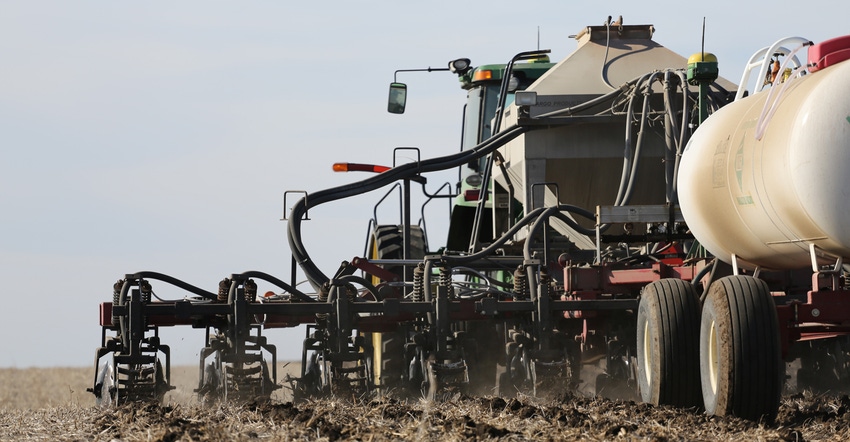March 1, 2020

Sponsored Content
Experts say we could see an early spring in 2020. This prediction has to do with the abnormal weather conditions that have taken place over the last few months — what is being called an open winter.
According to Mike Koenigs, market development specialist, Illinois, Corteva Agriscience, an open winter is when warmer conditions lead to a lack of frost in the soil, allowing moisture to soak in.
“So far, it’s been a warmer-than-average winter, and there is little to no frost in the soil,” Koenigs said. “In a normal, average winter, by early December, we have frozen soil to where it can’t absorb any moisture. When there’s no frost, moisture can still soak in. Therefore, if we don’t get a lot of frost in the soil, that means the soil can dry out and warm up quicker, potentially leading to an early spring.”
While most rejoice at the thought of an early spring and the chance for more temperate conditions to return, those conditions come with some challenges. For one, frozen soil allows for better protection of nitrogen. Mild winters and early springs provide numerous opportunities for nitrate loss via leaching and denitrification.
This year, however, many farmers and retailers were not able to apply nitrogen in the fall due to weather. “The fall of 2018 and 2019 were both significantly wetter than normal,” Koenigs said. “Because of that, it delayed harvest, made it difficult to do fall tillage and fall fertilizer applications were wildly delayed or missed.”
If fall nitrogen applications were missed, spring applications will be crucial. Koenigs says it also will be crucial to protect applied nitrogen with a nitrogen stabilizer.
“N-Serve delays the conversion of nitrogen in the ammonium form to the nitrate form, ensuring the nutrient is in the root zone when the corn needs it. Instinct provides similar protection for UAN and urea,” Koenigs said.
As farmers look to the upcoming growing season, some best practices include:
Create a nutrient management plan – Work out in advance how much nitrogen and, roughly, when you’ll apply. Stick with that plan, even if corn prices change.
Know your soil – If you’re working with a wet piece of soil that is prone to loss, split up your applications. For example, it might be a good idea to apply nitrogen in spring and then the rest during sidedress.
Use a nitrogen stabilizer – This is an important step to take no matter when you apply nitrogen. N-Serve® and Instinct® nitrogen stabilizers can prevent leaching from the root zone by 16%*.
In all, the projected early spring doesn’t have to be alarming if farmers and retailers closely monitor conditions in their area and are prepared to make appropriate actions in their nutrient management plan, including use of a nitrogen stabilizer.
“N-Serve will keep the nitrogen in the root zone, where the corn needs it later in the season, so nitrogen applications can be made earlier. Earlier applications of nitrogen can potentially help reduce soil compaction,” Koenigs said.
Visit NitrogenMaximizers.com to learn more about protecting farmers’ nutrient investments this spring.
*Wolt, J.D. 2004. A meta-evaluation of nitrapyrin agronomic and environmental effectiveness with emphasis on corn production in the midwestern USA. doi:10.1023/B:FRES.0000025287.52565.99
About the Author(s)
You May Also Like






